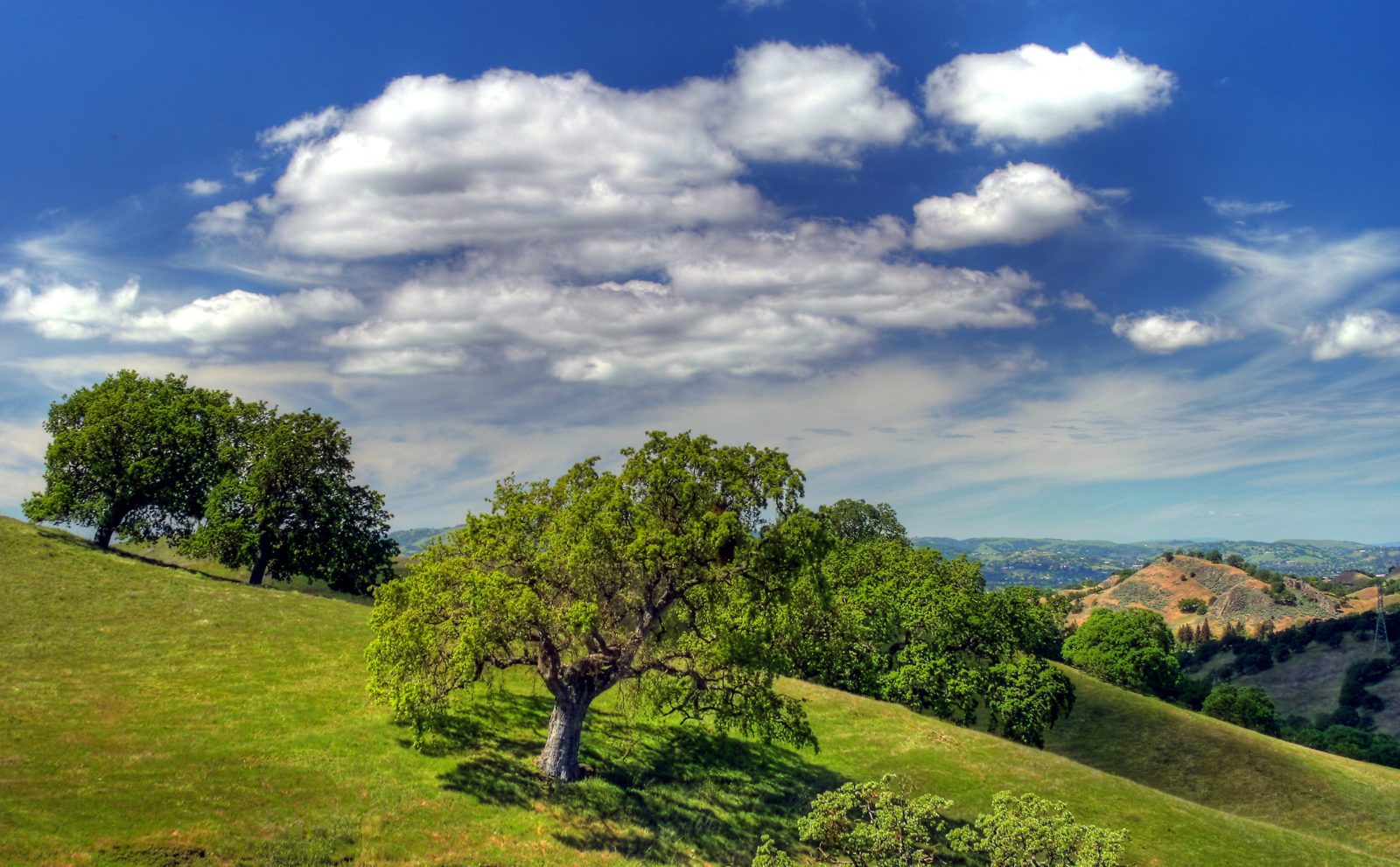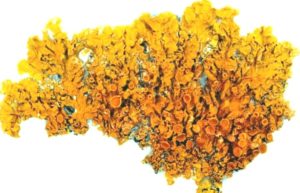We can achieve more by working together.
It was this belief, this call to action, with which the Bay Area Open Space Council was formed in 1990. To raise the public funding necessary for significant and long-term land conservation efforts, nonprofits and public agencies needed to think bigger. We needed to work together as a region. In the late 1980s, an idea was born to form a regional coalition.
Everyone I have talked to about the beginning of the Open Space Council can agree that the mantra above was the starting point. And everyone agrees that Larry Orman, former Bay Nature Institute board member and founder of GreenInfo Network, served as the midwife that carried it from an idea to reality. From there, though, the consensus falls apart. I have heard several different creation stories told by different people, each saying they were central to the organization’s forming. I figure they’re all correct. What matters more is that these people, just like many other people since then, want to be associated with the Open Space Council. They see themselves in it, and like a mirror, the Open Space Council’s values and programs reflect them.
It was this ever-changing reflection rather than a laser-like focus that eventually led the organization to the bumps it’s experiencing now.
Regardless of how you think it started, today the Bay Area Open Space Council is a regional coalition of nonprofits and public agencies working to protect, steward, and connect people to the land. Members include land trusts, park agencies, special districts, resource conservation districts, water agencies, and other organizations that work at the local, regional, county, state, and federal levels. Many people in the land conservation field know it for its spring annual Open Space Conference or the quarterly Gatherings or for the Conservation Lands Network, which identifies lands essential for the preservation of biodiversity.
Over the years, the Open Space Council’s focus shifted depending on who was leading it and what its 60-plus member organizations wanted it to be. In its early days, the Open Space Council was squarely focused on securing large amounts of public funding for land conservation. Under John Woodbury’s leadership, the Open Space Council played an instrumental role in the formation of the Bay Program of the California Coastal Conservancy. Through a handful of propositions, including Proposition 68, passed in June 2018, the Bay Program has contributed more than $388 million to projects in the region. It is not an understatement to say that the view from your airplane window as you land at any of the Bay Area airports would look very different today if it weren’t for the Bay Program. Its impact has been enormous.
While securing public funding has always been central to the Open Space Council’s existence, the organization grew and morphed over the years. In my seven years on staff from 2010 to 2017, I received at least one call a month from someone with an idea that the Open Space Council should pursue. The ideas ranged from hosting a library of Bay Area nature photography to working on regional transportation policy to streamlining project permitting regulations. The callers were most often dues-paying members and all were absolutely convinced that the only way their idea could succeed is through the Open Space Council. Sometimes I knew how to respond to the caller’s proposal, and sometimes I didn’t. The organization’s boundaries became unclear to even those of us inside its walls.
It is not an understatement to say that the view from your airplane window as you land at any of the Bay Area airports would look very different today if it weren’t for the Bay Program. Its impact has been enormous.
In 2017-2018, the Open Space Council hit a rough patch. The organization spent more money than it brought in. The connection between the Board of Directors and the Advisory Council, which consists of representatives of member organizations, became diluted. And four out of five staff left in just four months. By November 2018, the organization was a faint whisper of what it was before.
Just like the organization’s creation stories, the people involved and those on the sidelines will tell different stories on what got the organization in trouble. From my perspective, it was the weight, variety, and super-sized expectations of this small organization that caused it to falter. The organization could not be everything to everyone. Without clarity about its purpose, and without clarity about what it is not, the organization was not sustainable.
What happens next? First, the organization will reset and stabilize. It will pause most of its programs and turn inward to get the house in order. A group of leaders has stepped up to contribute financially and give their time, skills, and experience so that we can do the hard work of stabilizing the Open Space Council. This story is still unfolding. Like many others, I have hope that the organization will find its footing again. And like many others, I am rolling up my sleeves to help make that happen.
We can achieve more by working together.
Once we’re stabilized, I hope that there will be an inclusive planning process to identify and clarify version 2.0 of this beloved organization. The world has changed since 1990 and the Open Space Council needs to change too.
What doesn’t change is that we have to work together. To meet the huge challenges we face, we need each other’s skills, compassion, and support. We need to break bread with people we don’t know. We need to build and sustain relationships across the fence and across the aisle. And we are capable of doing these things.
We have the time if we make it. We have the resources if we create them. All we need are the will and the imagination for a brighter future.





